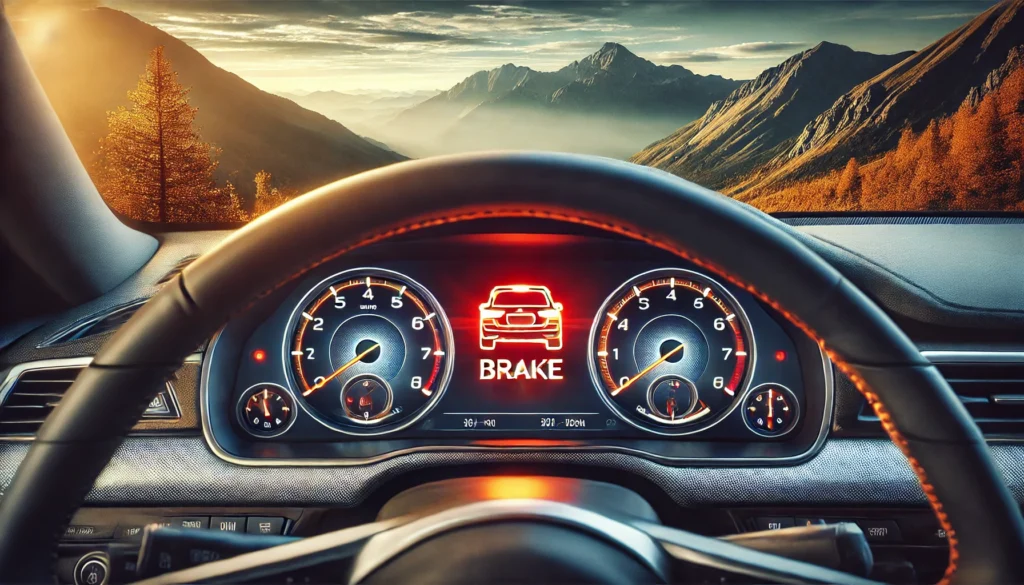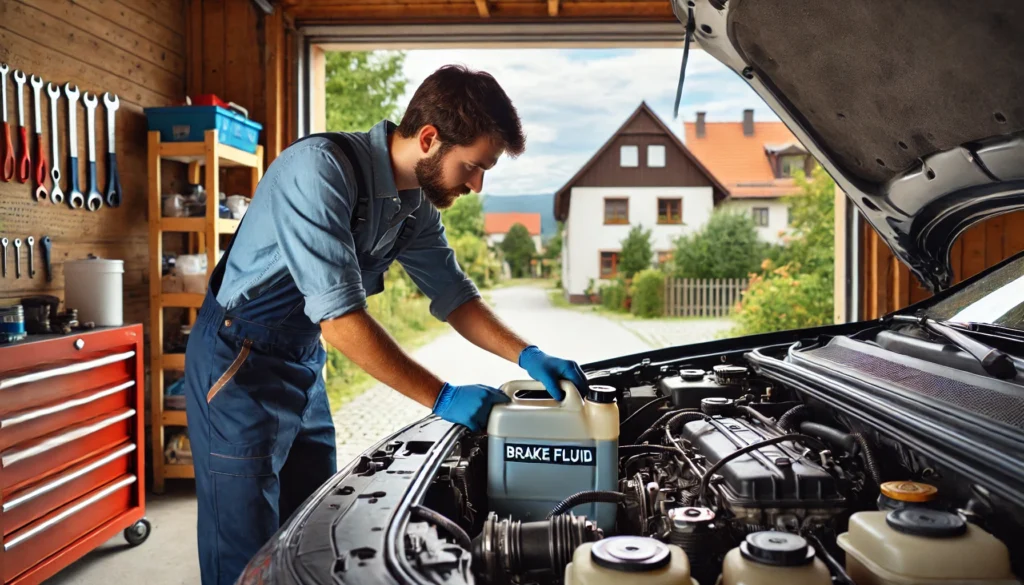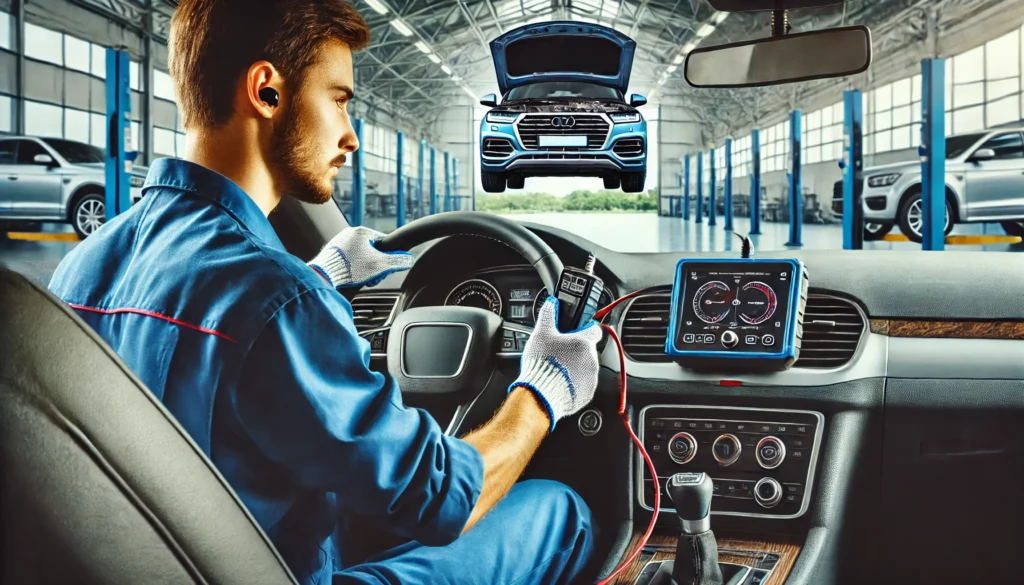The brake light on your vehicle’s dashboard is a critical warning indicator designed to alert you to potential issues with your braking system. Understanding the common causes of the brake light coming on and taking the appropriate actions can help ensure your safety and maintain your vehicle’s performance.
Understanding the Brake Light
The brake light serves as a warning for various problems within your vehicle’s braking system. Unlike the ABS light, which is specific to the anti-lock braking system, the brake light can signal a wide range of issues, from minor to severe. Here are some common causes:

Common Causes of the Brake Light
- Low Brake Fluid:
- One of the most common reasons for the brake light to come on is low brake fluid. The brake fluid level can drop due to worn brake pads or a leak in the brake lines. It is essential to check the brake fluid reservoir under the hood and top it up if necessary. Low brake fluid can compromise your vehicle’s braking performance.
- Engaged Parking Brake:
- Sometimes, the brake light can come on if the parking brake is engaged or not fully released. Make sure the parking brake is completely disengaged before driving. Even a slightly engaged parking brake can trigger the brake light.
- Worn Brake Pads:
- As brake pads wear down, the brake fluid level in the master cylinder drops, triggering the brake light. Regularly inspect your brake pads and replace them if they are worn out. This not only ensures the light stays off but also maintains optimal braking performance.
- Brake System Leak:
- Leaks in the brake system, whether in the brake lines, hoses, or calipers, can reduce hydraulic pressure and trigger the brake light. Inspect your brake system for any signs of leaks and have them repaired immediately to avoid brake failure.
- Faulty Brake Light Switch:
- The brake light switch, located near the brake pedal, can malfunction and cause the brake light to stay on. If the switch is faulty, it may need to be adjusted or replaced.
- ABS Issues:
- Sometimes, a problem with the ABS system can also cause the brake light to illuminate. While the ABS light is specific to ABS issues, certain malfunctions can trigger both lights. It’s important to check both systems if this occurs.

What Should You Do When the Brake Light Comes On?
If the brake light comes on, it’s crucial to address the issue promptly to ensure your vehicle remains safe. Here are some steps you can take:
- Check the Brake Fluid Level:
- Ensure the brake fluid level is within the recommended range. If it’s low, top it up with the appropriate type of brake fluid.
- Inspect the Brake System:
- Examine the brake pads, rotors, and lines for any signs of wear or damage. Replace worn components as needed and repair any leaks.
- Check the Parking Brake:
- Make sure the parking brake is fully released. Adjust it if necessary to ensure it is not causing the brake light to illuminate.
- Consult a Professional Mechanic:
- If you cannot identify or fix the problem, take your vehicle to a certified mechanic. They have the expertise and tools to diagnose and repair brake system issues.

Conclusion
The brake light on your dashboard is an essential warning signal that should not be ignored. By understanding the common causes of the brake light coming on and taking the appropriate steps to address these issues, you can ensure your vehicle remains safe and reliable. Regular maintenance and prompt attention to warning lights can help you avoid costly repairs and maintain the safety of you and your passengers.